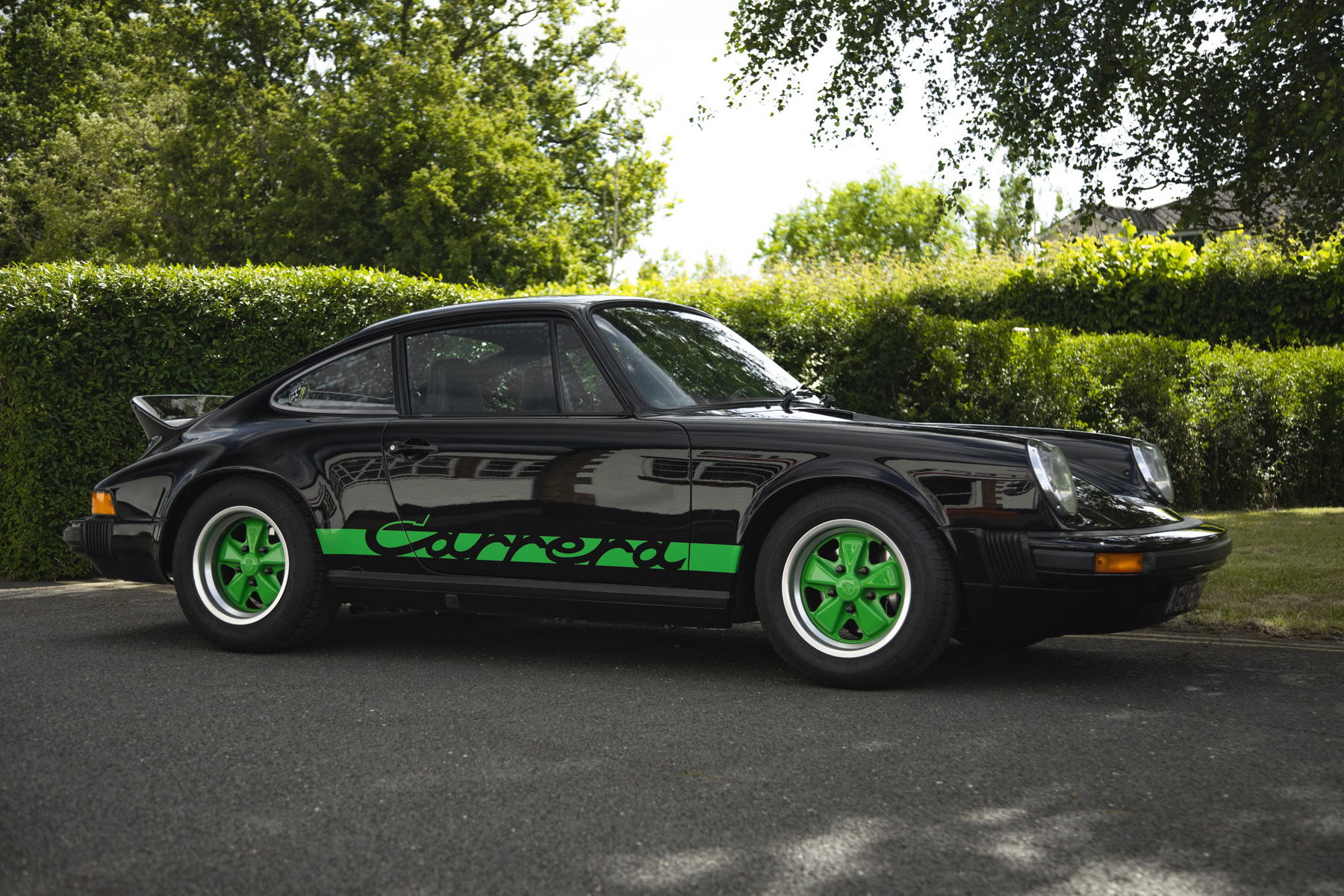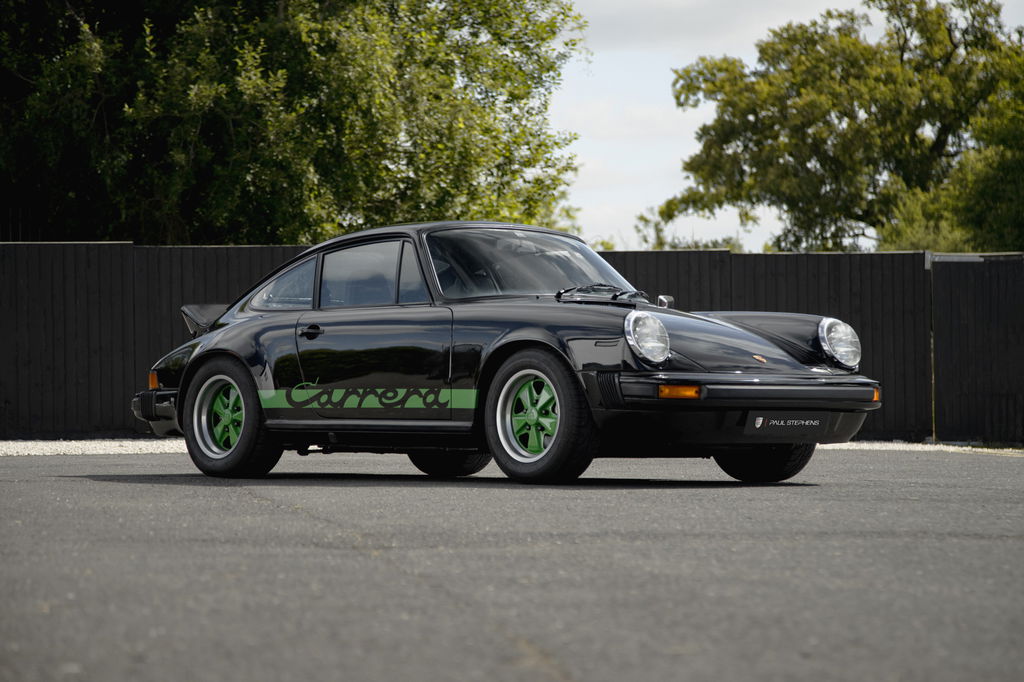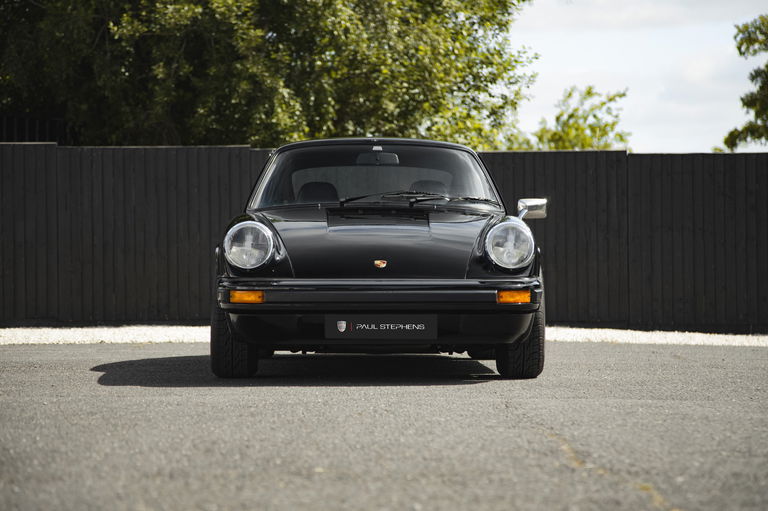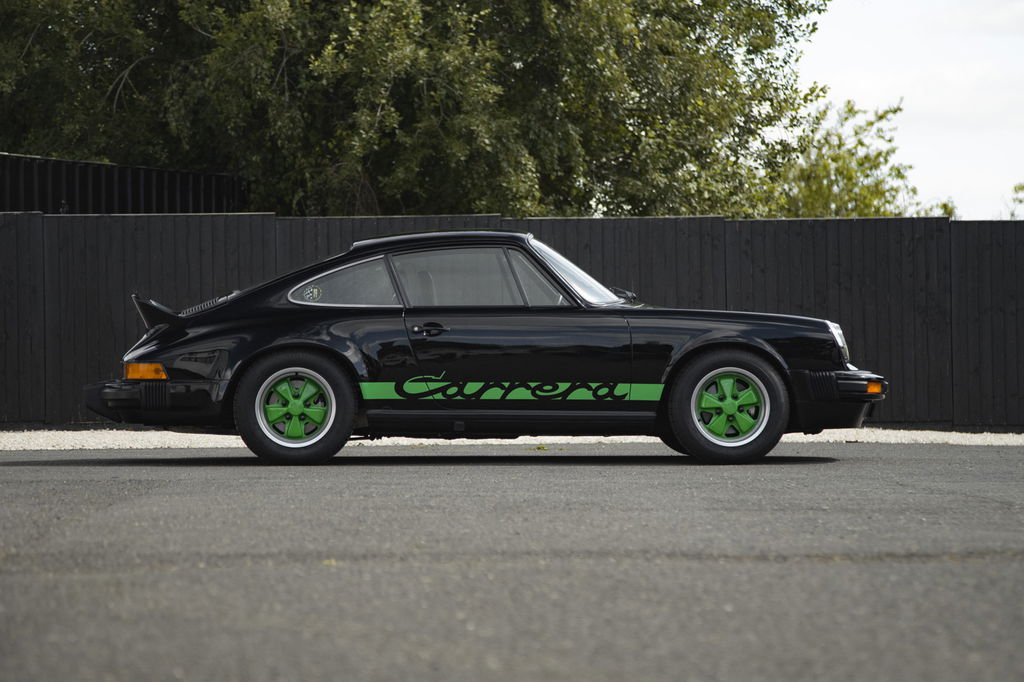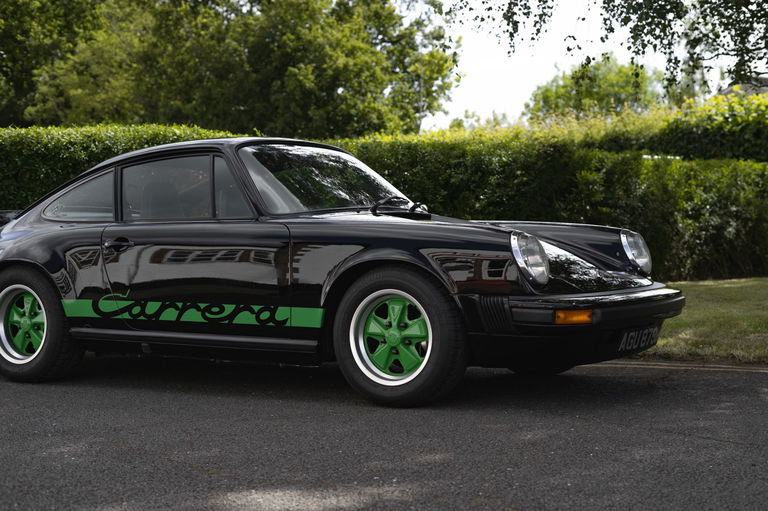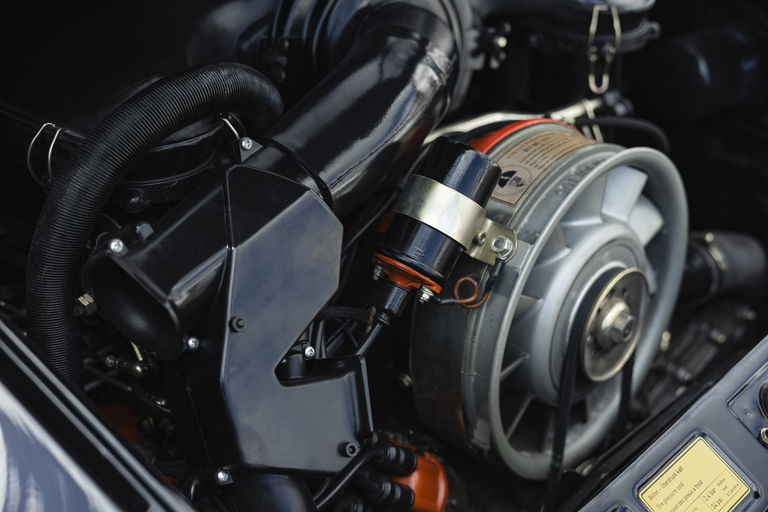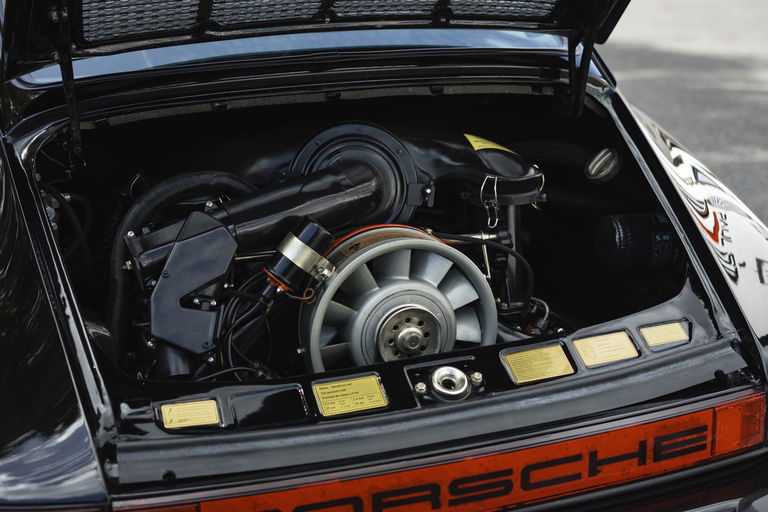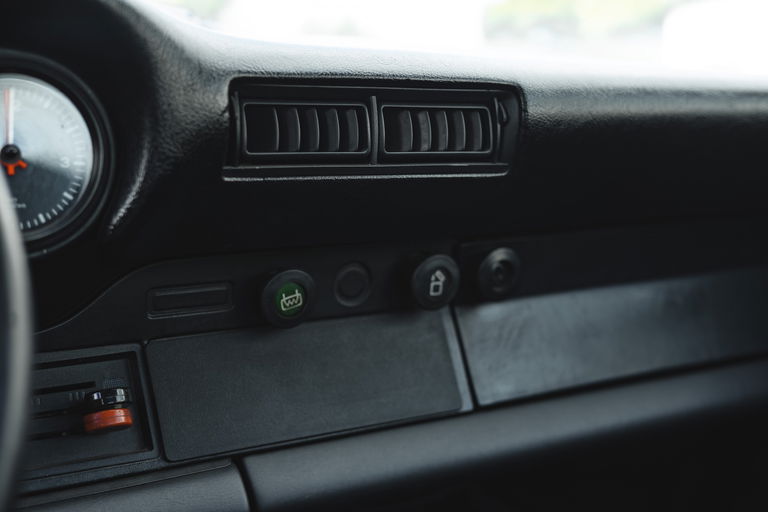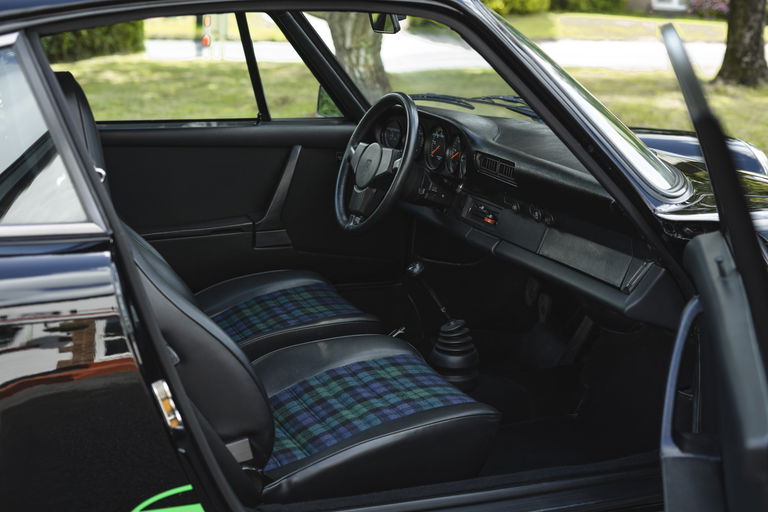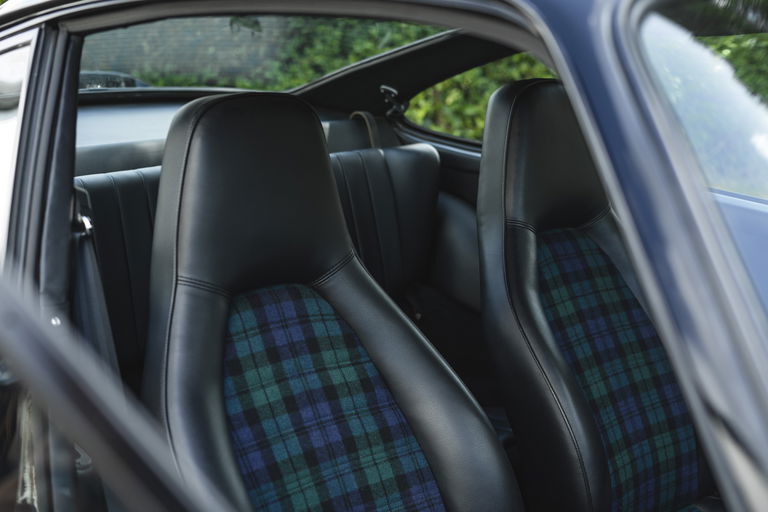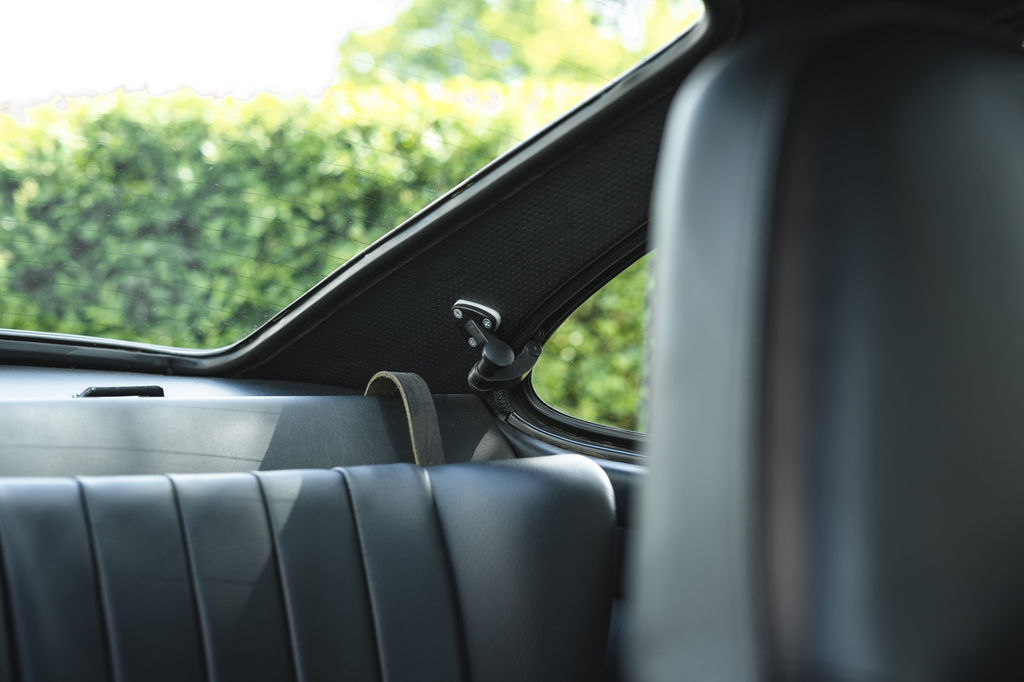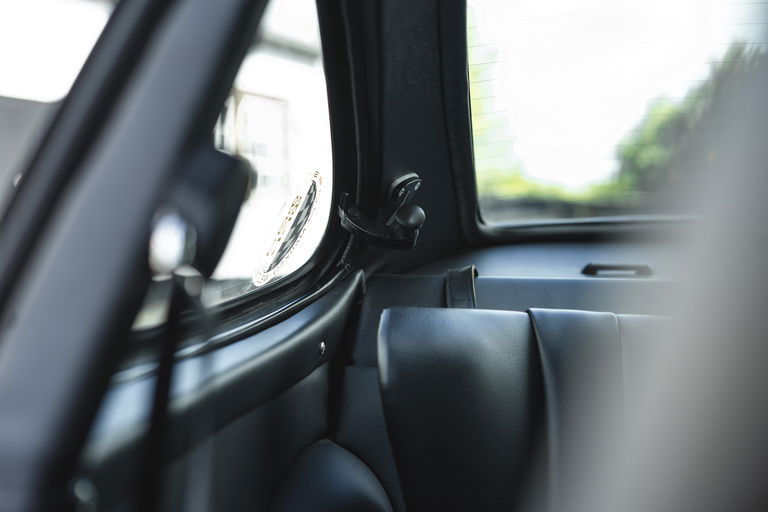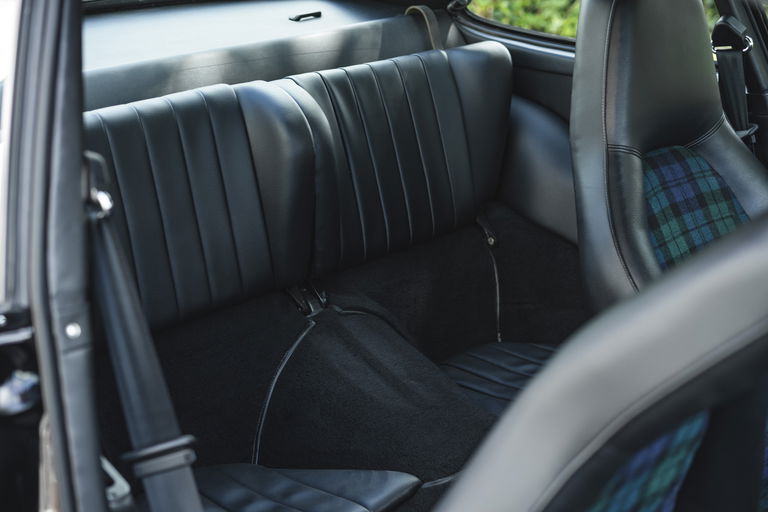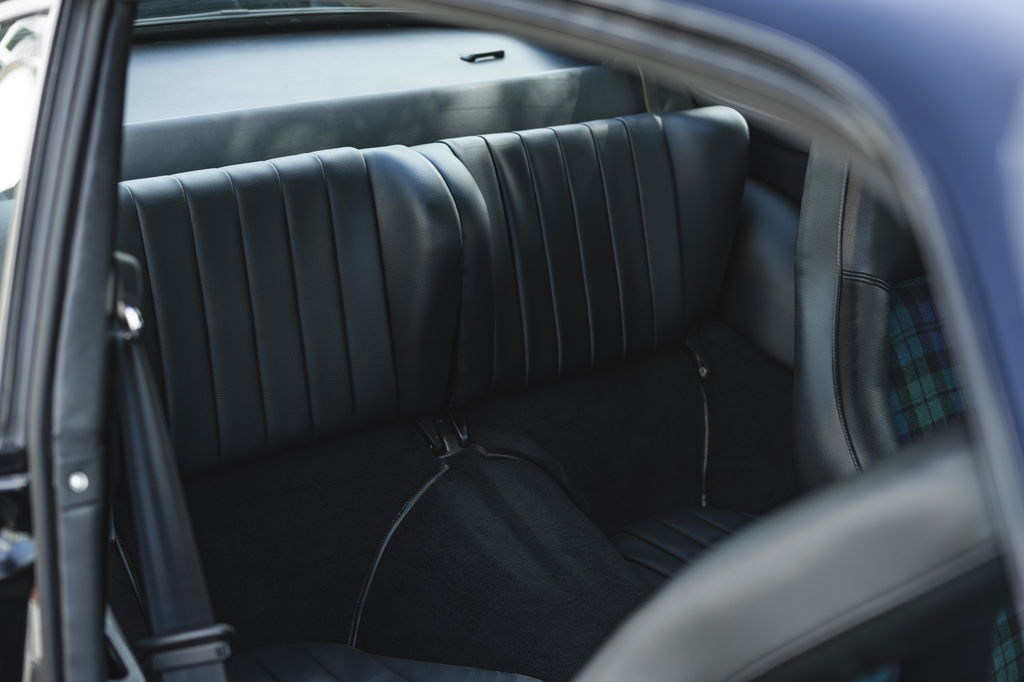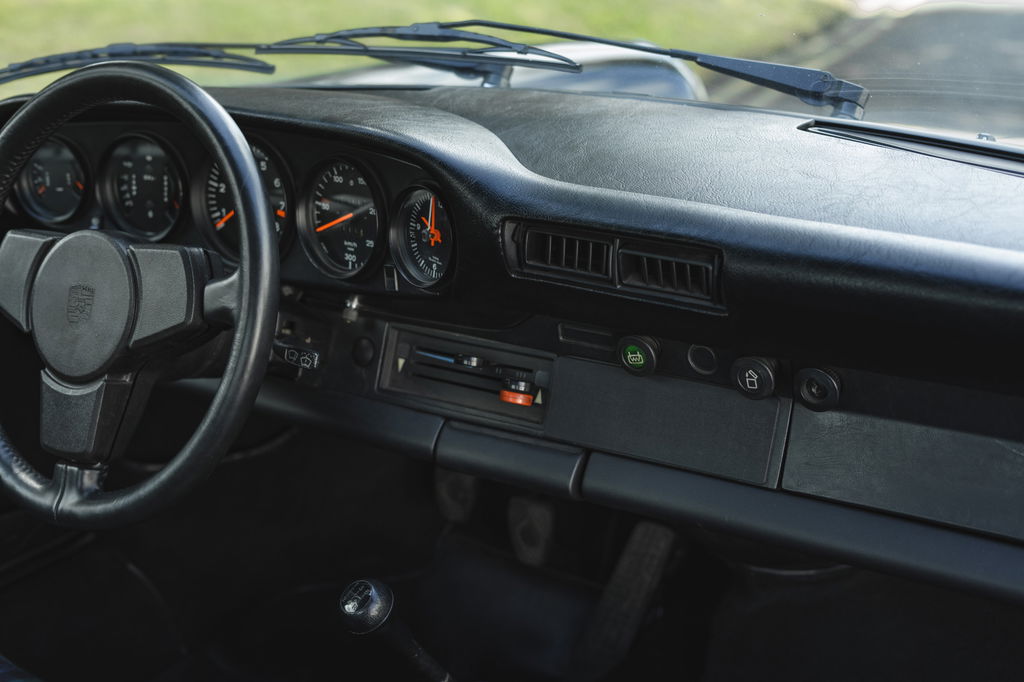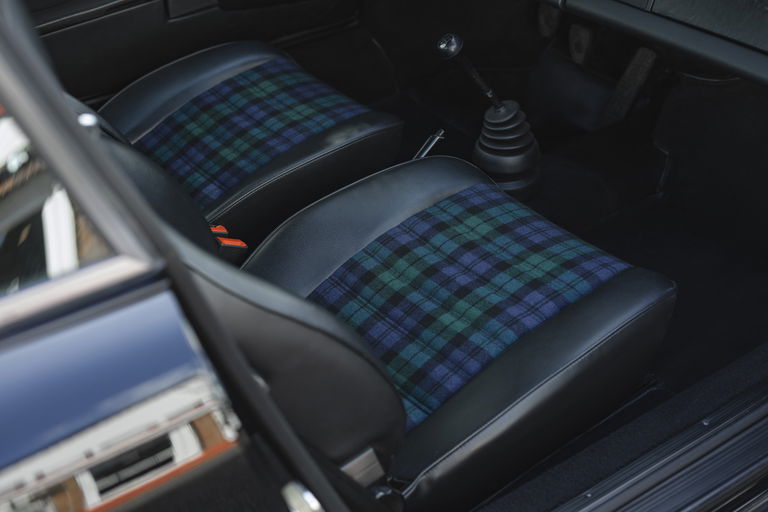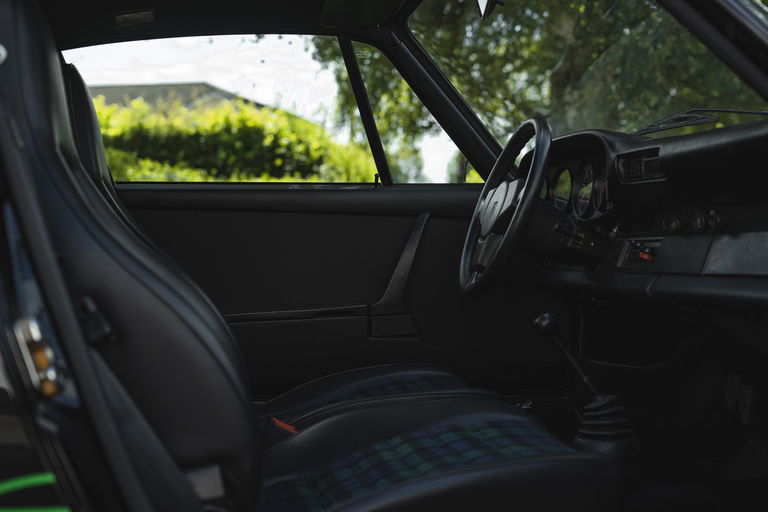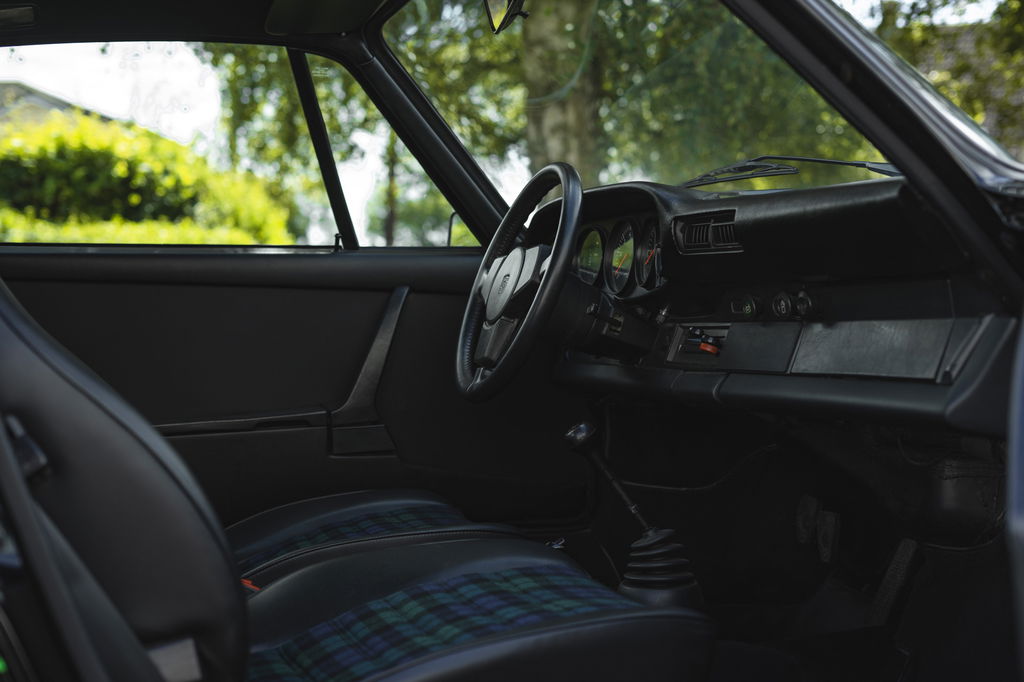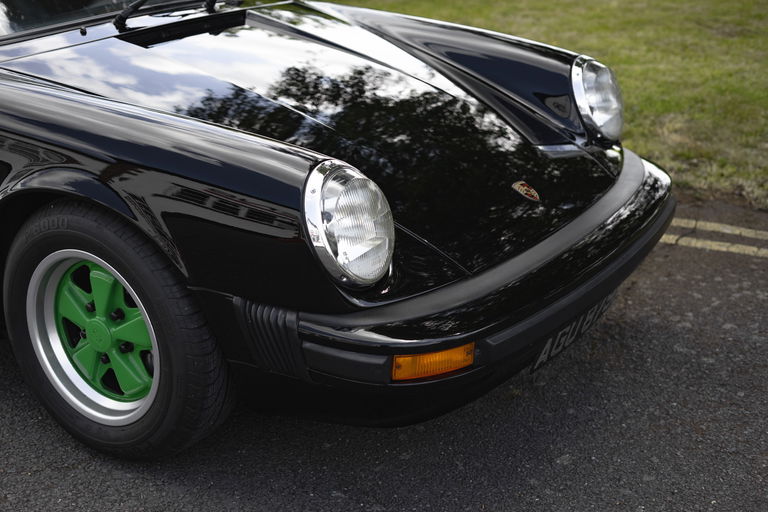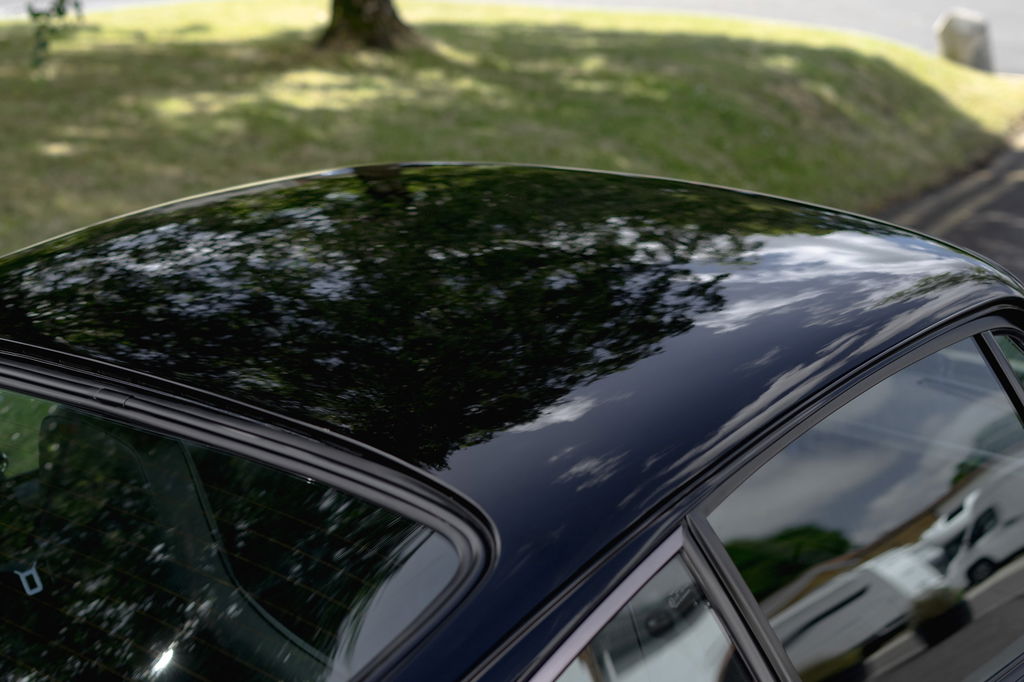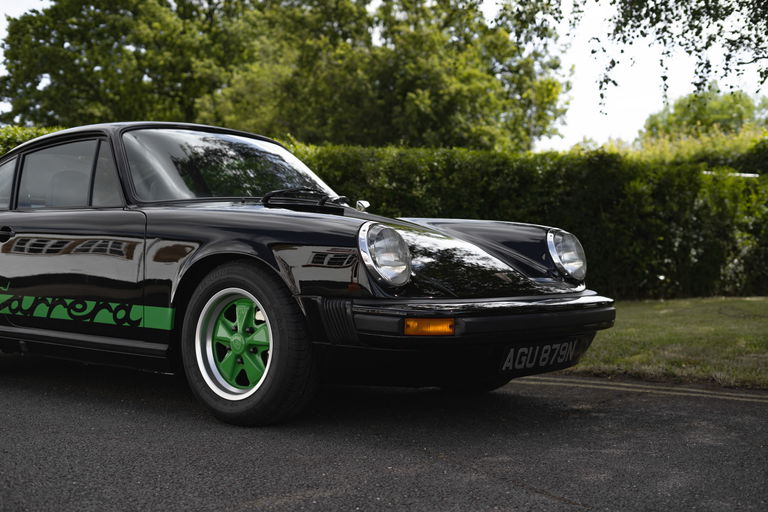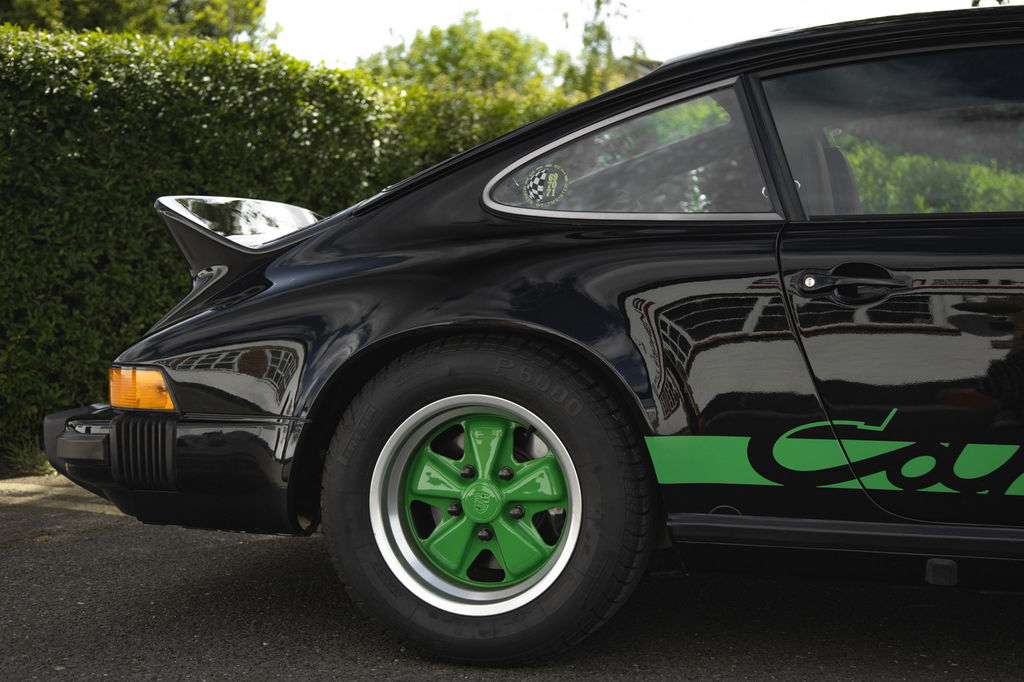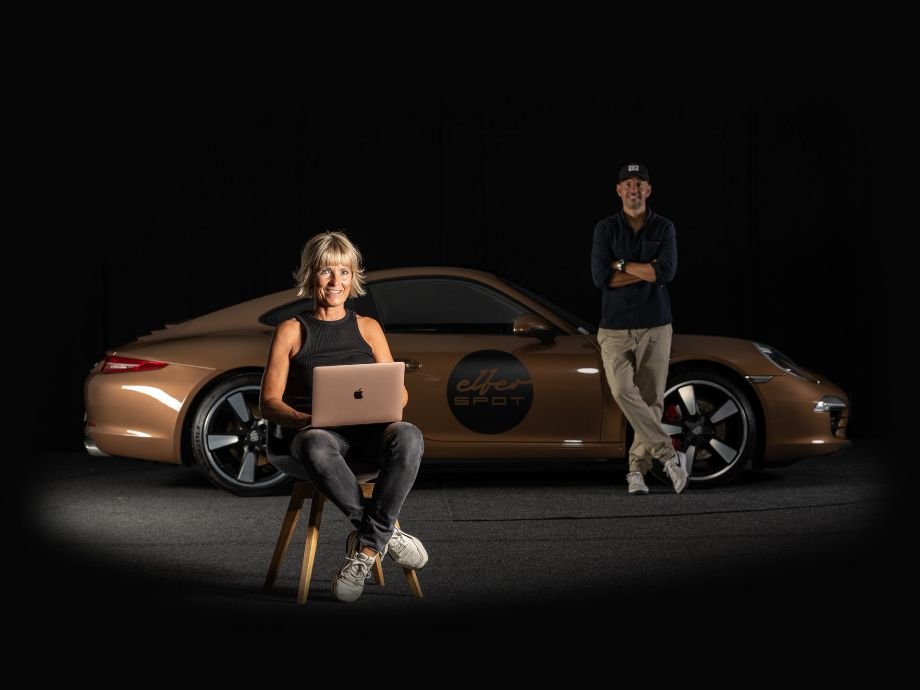Heute setzt ROOCK auf hochmoderne Arbeitsabläufe und eine strenge Qualitätskontrolle – was der TÜV Rheinland bereits 2002 mit der Zertifizierung nach DIN EN ISO 9001:2000 bestätigte. Mit anderen Worten: Wenn Sie nach den Referenzen einer Firma suchen, die Ihren 911er restauriert, werden Sie wahrscheinlich kaum etwas Besseres finden. Die gesamte Dokumentation des Autos in deutscher Sprache kann neben dem Auto in unseren Räumlichkeiten in Little Maplestead eingesehen werden.
Vor kurzem wurde in Großbritannien Neil Bainbridge im Februar 2024 mit dem Wiederaufbau der MFI-Pumpe beauftragt, und das Auto leistete beim Tuning auf dem Prüfstand satte 212,8 PS.
Wie eingangs erwähnt, war es uns immer ein Rätsel, warum diese Autos in der Vergangenheit so anders gesehen wurden als der frühe 73 RS, insbesondere wenn das Fahrerlebnis dem einer Touring-Version dieses Autos so ähnlich ist. Heute ändert sich die Wahrnehmung und damit auch die Werte und dementsprechend die Bedeutung der Herkunft. Dieses Exemplar wurde als Matching Number-Exemplar bestätigt und von einem der besten Namen der Branche restauriert. Wenig überraschend fährt es sich auch so gut, wie es aussieht und wäre eine fantastische Ergänzung für eine bedeutende Sammlung oder einfach als Einzelauto, um zu genießen und zu erleben, warum der Carrera 2.7 MFI immer noch einer der besten 911er ist, die das Unternehmen je gebaut hat.
Der 2.7 Carrera kam Ende 1973, zehn Jahre nach dem ursprünglichen 911, auf den Markt und erhielt wie der Rest der Baureihe sein erstes umfassendes Facelift, vor allem durch energieabsorbierende Stoßstangen, um den neuen Sicherheitsbestimmungen der USA zu entsprechen. Dadurch konnte der Wagen einen Aufprall von 5 mph ohne Karosserieschäden überstehen.
Die charakteristischen hervorstehenden Sicherheitsstoßfänger und die schwarzen Bälge an den Ecken lösten das Problem: Der 911 mit „Aufprallstoßstange“ war geboren und ebnete den Weg für das Aussehen jedes 911 für die nächsten 15 Jahre.
Die USA verursachten auch andere Probleme: Porsche war gezwungen, die Motoren für den Kraftstoff mit Standardoktan zu drosseln und den Hubraum aller Modelle auf 2,7 Liter zu erhöhen, um dies teilweise auszugleichen. Sogar das Carrera-Topmodell hatte einen gedrosselten 175-PS-Motor, um die strengen Emissionsanforderungen zu erfüllen.
Es gab jedoch noch das Sahnehäubchen in Form des europäischen 911 Carrera – oder Carrera 2.7 MFI, wie er besser bekannt ist.
In jeder Hinsicht war er mechanisch einem 2.7RS von 1973 sehr ähnlich, mit demselben 2,7-Liter-Motor mit 210 PS und Getriebe, aber mit den neuen Stoßfängern und einer Touring-Spezifikation. Er war sogar mit dem Heckflügel „Ducktail“, Carrera-Schriftzug und 15-Zoll-Felgen in versetzter Ausführung sowie einer Auswahl greller und typisch 70er-Jahre-Farben erhältlich. Im Gegensatz zum RS war er allerdings auch als Targa-Version erhältlich.
Dieser leistungsstarke 911er mit Saugmotor war nur drei Jahre lang erhältlich und wurde damals etwas vom neuen 911 Turbo in den Schatten gestellt, bevor er durch den seltsamerweise weniger leistungsstarken Carrera 3.0 ersetzt wurde.
Viele Jahre lang galt es als ebenso ungewöhnlich, wurde aber keineswegs als etwas Besonderes angesehen und dementsprechend bepreist. Vor Kurzem ist der Markt auf diese Anomalie aufmerksam geworden und die Preise für den Carrera 2.7 MFI sind, seinen RS-Wurzeln entsprechend, in eine neue und angemessenere Zone vorgedrungen, und wenn man es auf die jährlichen Produktionszahlen herunterbricht, sind sie auch seltener geworden.
Das bringt uns zu diesem hervorragenden Beispiel für die Perfektion des Carrera 2.7 MFI.
